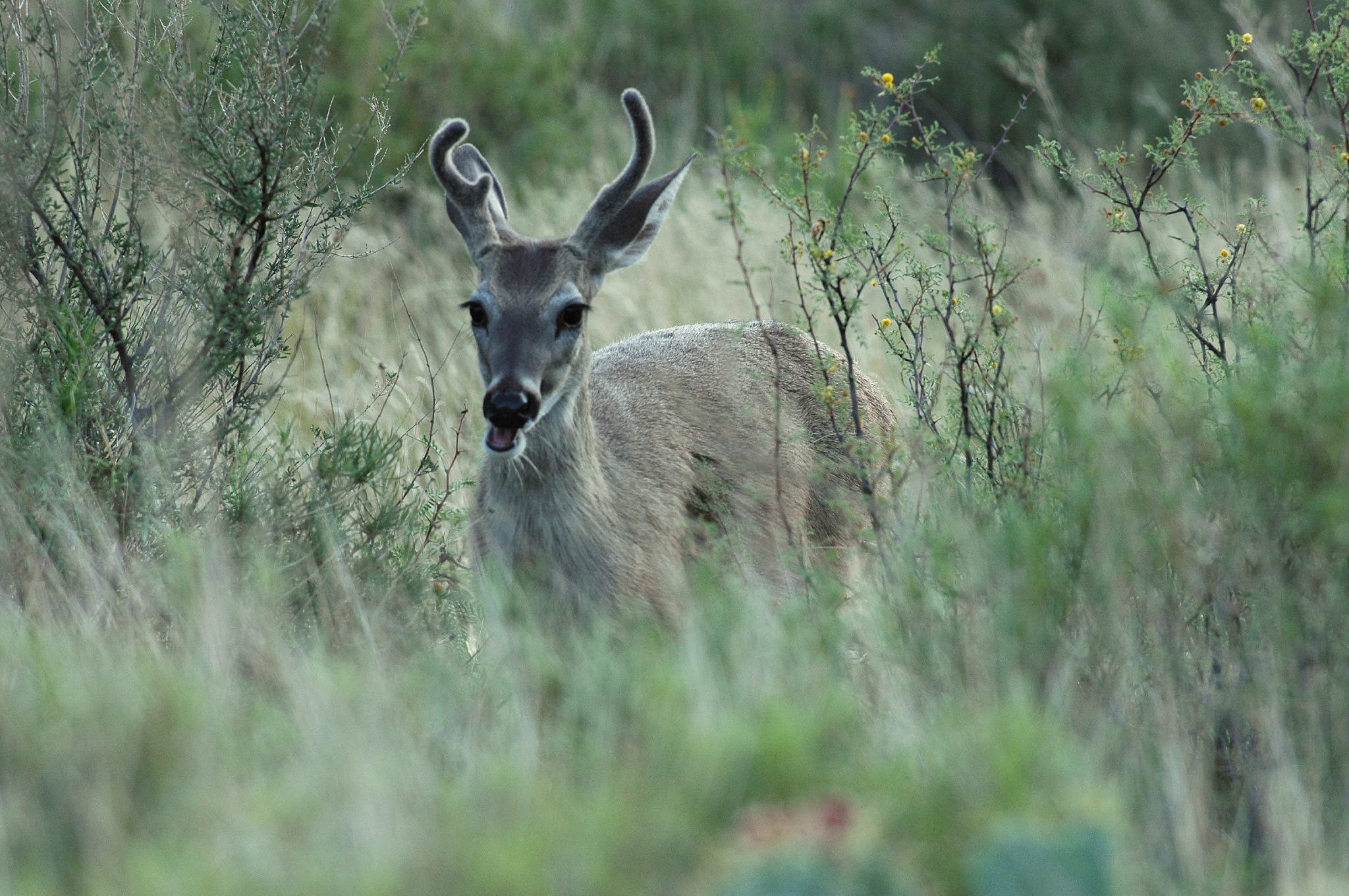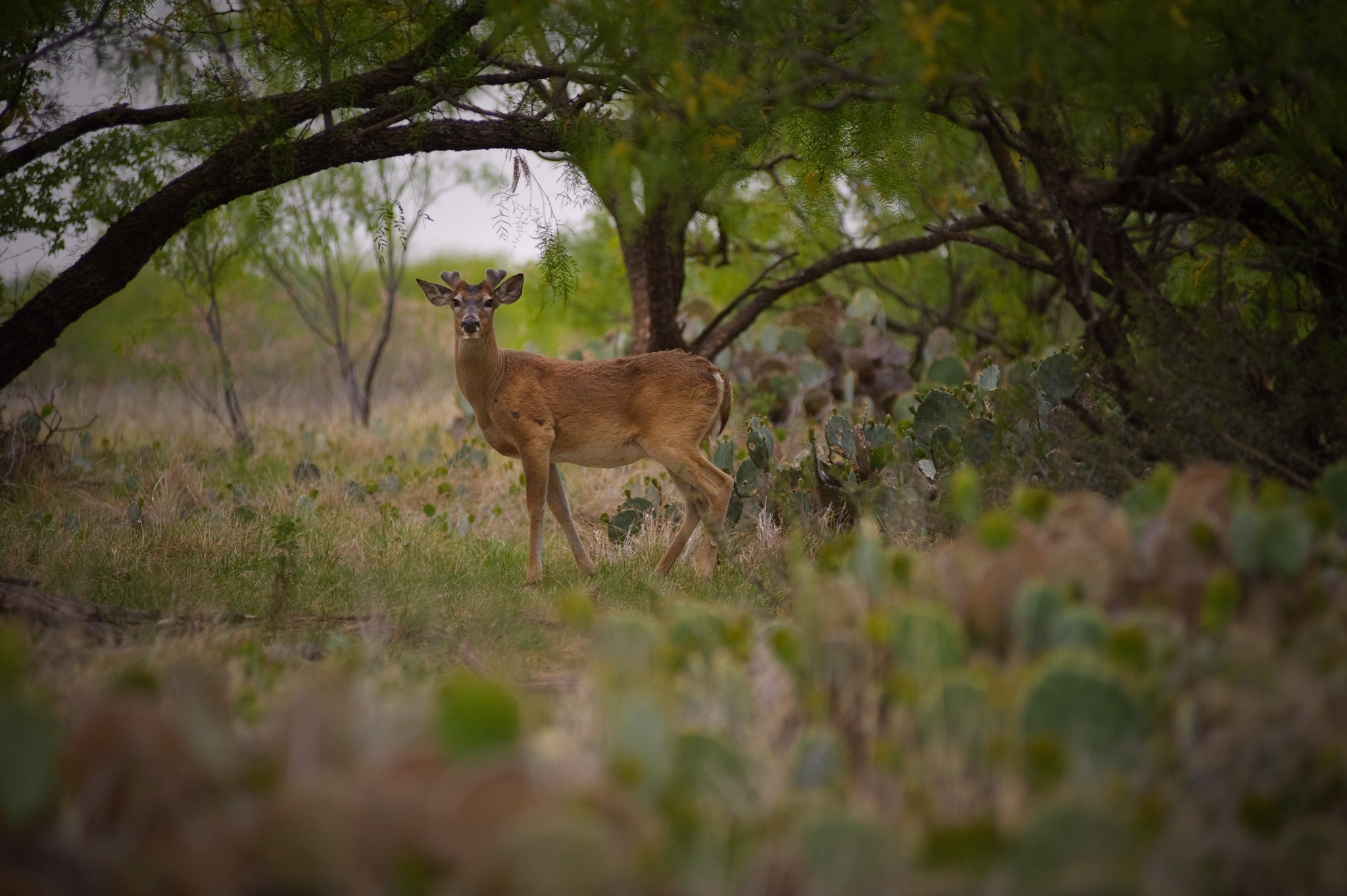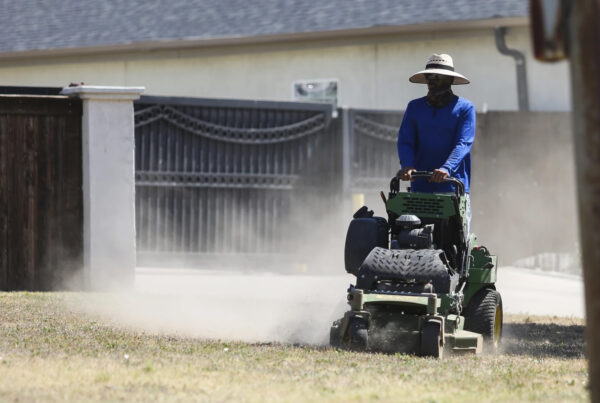The Texas Parks and Wildlife Department recently enacted new emergency rules for the deer breeding industry, after an increase in cases of chronic wasting disease at breeding facilities.
Chronic wasting disease, or CWD, is a contagious neurological affliction that affects animals like deer, elk and moose. It can spread in a variety of ways, including between animals, and through contaminated food and water.
The disease is rare but a serious threat to deer, as well as members of the hunting industry: White-tailed deer hunting generates over $4 billion of economic activity in Texas each year, according to the Natural Resources Institute at Texas A&M University.
Deer breeding is a big part of that. Breeders manage herds of white-tailed deer to develop traits like big or unusual antlers. These deer are raised in pens and eventually sold to high-fence game ranches. They spend their life in a controlled environment but can still contract CWD by interacting with free-roaming deer at a fence line or eating a contaminated substance.
So far, CWD has been detected at nine Texas deer breeding facilities this year, the most since the disease was first discovered in the state in 2012.
“That certainly was of grave concern to the agency, by people who are concerned, you know, by white-tailed deer as a public resource across the state,” said John Silovsky, wildlife division director for the Texas Parks and Wildlife Department.
In response, the department issued an emergency order on July 25 that changed the rules for deer breeders. It has two main provisions: All deer in breeding facilities must now have an external identification tag, usually attached to their ear, and deer must test negative for CWD before being moved to another breeding facility.
Previously, ear tags were optional for bred deer. Any deer sold to a hunting ranch had to test negative for CWD before being released, but deer transferred between breeders did not have to be tested before the emergency rule went into effect.
“This additional surveillance we can gain by adding that requirement for that kind of movement will give us better information that we’re not moving CWD from one facility to another,” Silovsky said.
» GET MORE NEWS FROM AROUND THE STATE: Sign up for our weekly ‘Talk of Texas’ newsletter
















